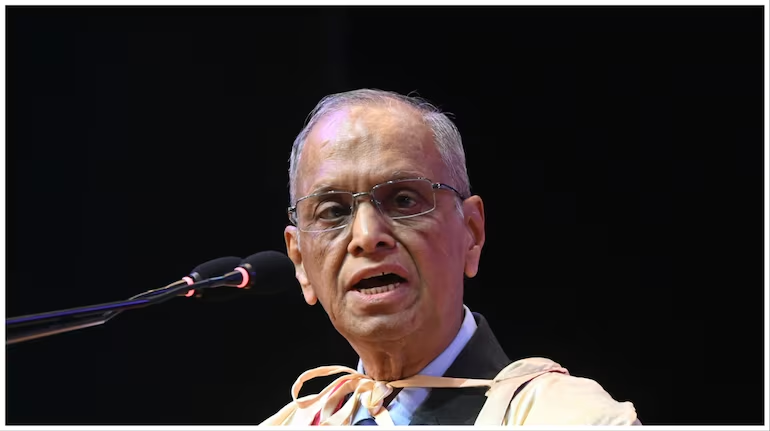In today’s fast-paced corporate world, employee fraud is becoming an increasingly serious concern for Indian businesses. What were once isolated incidents are now becoming more frequent and sophisticated patterns of fraudulent behaviour. From impersonation and fake credentials to financial misreporting and internal collusion, companies face an urgent challenge in safeguarding the integrity of their operations.
A growing concern in recent years is the surge of impersonation fraud. With remote hiring becoming the norm, especially after the pandemic, fraudsters have found clever ways to exploit the system. Instances of individuals using deepfake videos, fake degrees, or even sending someone else to attend interviews on their behalf have raised serious red flags. This can lead to improper hiring or allow imposters to infiltrate sensitive company data or financial systems, often causing damage before the breach is even detected. The Data Security Council of India (DSCI) report found that nearly 60% of fraud incidents in the IT and BFSI sectors involved people pretending to be legitimate employees or clients.
Impersonation is just one piece of the puzzle. A leading private bank recently reported its first quarterly loss in nearly two decades due to internal fraud. Employees had manipulated accounting entries, misclassifying over Rs 170 crore as fee income. Further digging revealed that internal derivative trades had been misreported, leading to a financial hit of nearly Rs 2,000 crore. The consequences were immediate as several top executives resigned, and the bank faced intense regulatory scrutiny. It is a stark reminder that even established institutions and regulated industries remain vulnerable to fraud when internal controls are weak or overlooked.
Employee fraud is not always about big numbers or headline-grabbing scandals. Sometimes, the smaller, everyday frauds quietly bleed companies over time. For instance, in the retail and logistics sectors, warehouse staff colluded with delivery agents to siphon off inventory. In healthcare, employees have been caught processing fake insurance claims in cahoots with third-party administrators. These incidents may not make headlines, but over time, they quietly erode trust from within and weaken the foundations of an organisation.
The consequences of these frauds go far beyond financial losses. They damage reputation, which can take years to rebuild and shake the confidence of customers and investors. Regulatory penalties can be severe, especially in sectors such as finance and healthcare. The most damaging impact is often on internal morale. When honest staff see such unethical behaviour go undetected, overlooked or even rewarded, it creates a toxic work culture that is hard to fix.
So, what can companies do? Many are turning to technology for help. AI-powered tools are now being used to detect deepfakes and impersonation attempts during virtual interviews. Blockchain is being explored to verify academic and employment credentials. Biometric systems, especially Aadhaar-based authentication, are integrated into onboarding and attendance processes to prevent identity fraud. These tools are powerful, but they are only part of the solution.
Effective fraud prevention depends on strong internal controls and sound governance. This involves thorough background verification, regular audits, continuous fraud monitoring systems that provide early warning signals and precise access controls to ensure no single employee has unchecked authority over sensitive systems or financial approvals. It also means fostering a culture where whistleblowers feel protected and where ethical conduct is expected and encouraged.
Looking ahead, companies need to take a multi-pronged approach. Strengthening compliance policies and integrating AI-driven authentication measures should be a top priority. Every candidate/vendor/third-party should go through a thorough background check before being onboarded. Internal audit teams should be empowered to conduct scheduled and surprise audits, especially in high-risk departments such as finance and procurement. Fraud detection systems that use machine learning to flag unusual behaviour or transactions can also be a game-changer.
Above all, leadership must set the tone, which is critical in shaping organisational culture. For senior or sensitive leadership hires, thorough due diligence through discreet reference checks, feedback analysis and behavioural assessments can help mitigate risk effectively. When senior management consistently models ethical behaviour and enforces a zero-tolerance stance on misconduct, it sends a clear message across the organisation. Ethics training should be embedded in every employee’s journey, and rotating staff in high-risk, sensitive roles can help reduce the risk of long-term collusion.
Collaboration also plays a role. Companies can stay ahead of emerging threats by working with external verification agencies, cybersecurity firms and even regulators. Sharing best practices and fraud intelligence across industries can help build a more resilient corporate ecosystem.
The recent surge in employee fraud highlights that companies can no longer afford a reactive stance. Proactively investing in systems, people and processes that uphold integrity is no longer optional. Trust is more than a value—it is a strategic asset, and like any asset, it must be actively safeguarded.




















